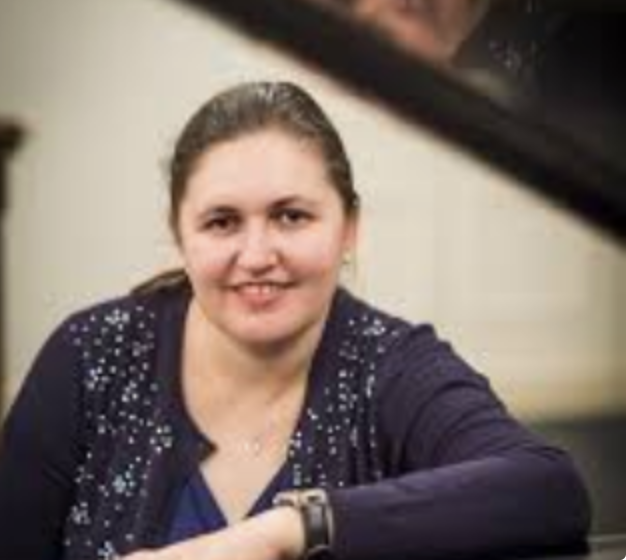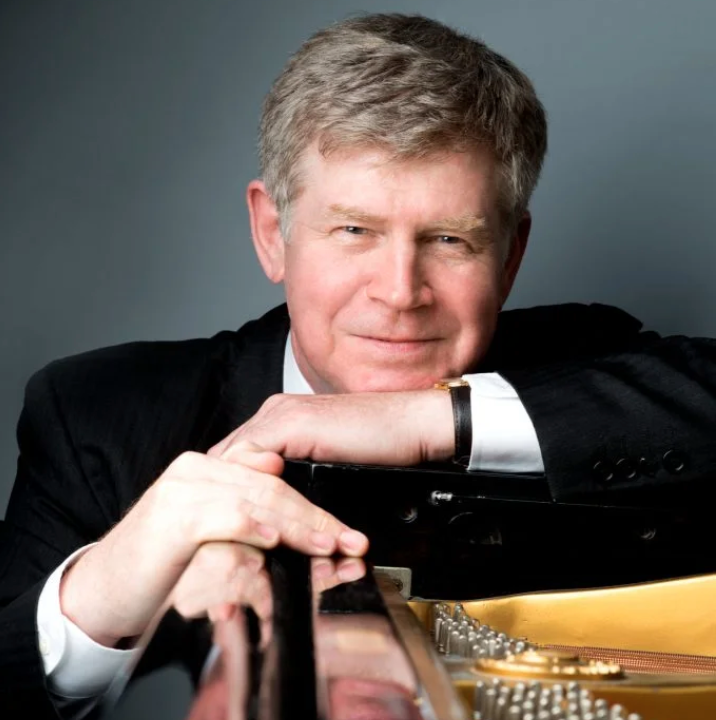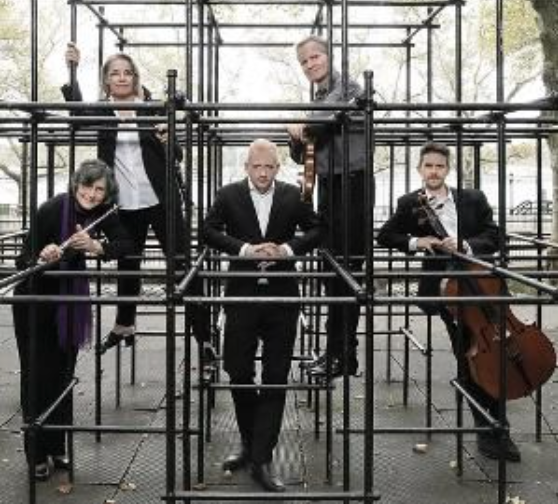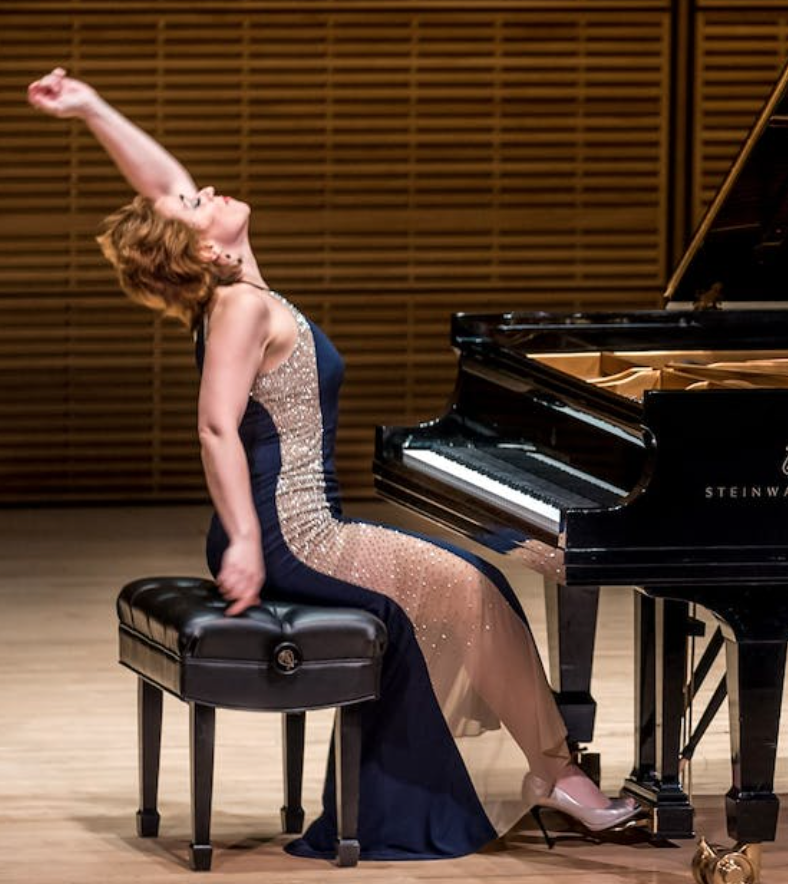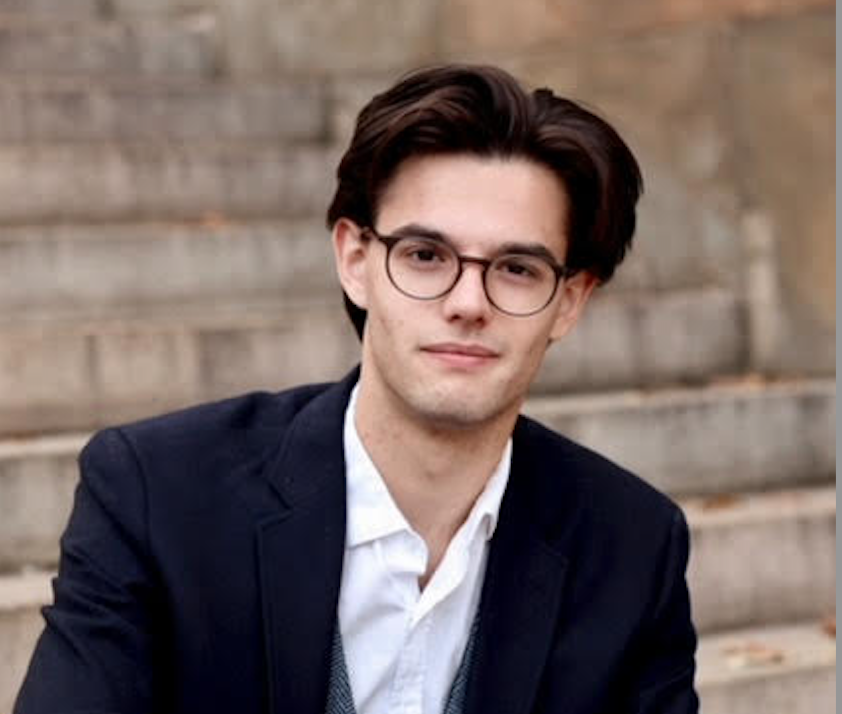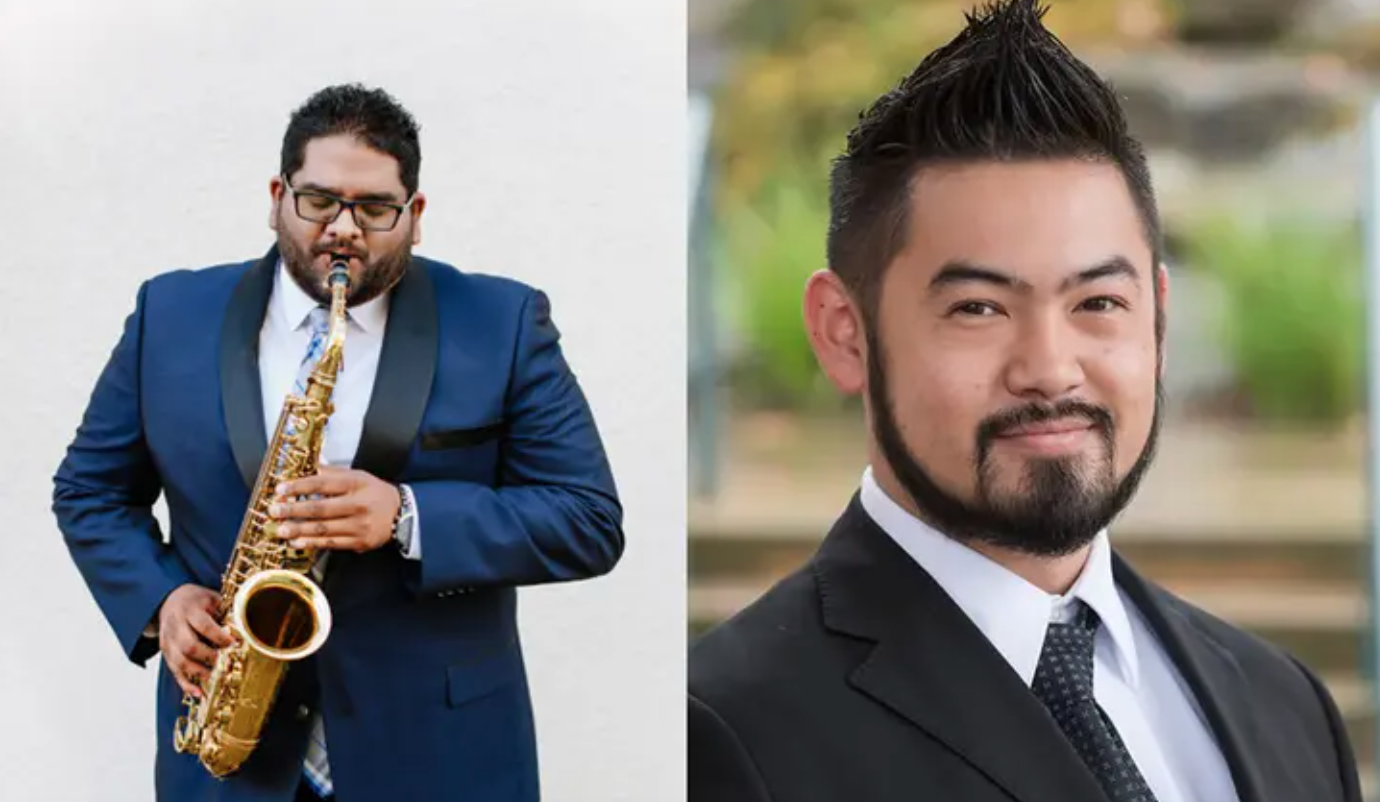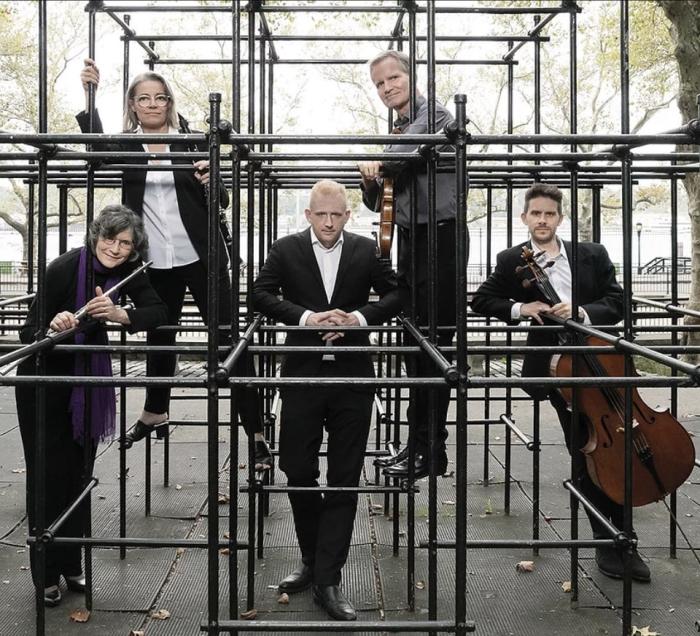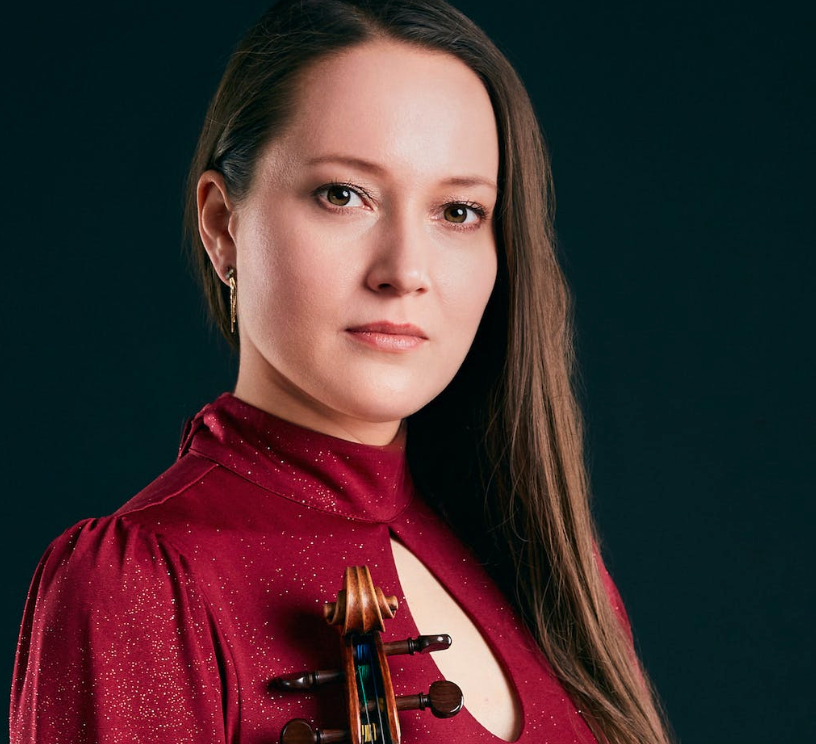Regina Shenderovich, piano
The National Opera Center – OPERA America, New York, NY
November 3, 2023
In one of those miracles to which New Yorkers are privy if they pay attention, gifted Russian-American pianist Regina Shenderovich came to the National Opera Center this Friday to play the complete Book II of J. S. Bach’s Well-Tempered Clavier – in other words, the last 24 of the Bach 48 Preludes and Fugues. It was extraordinary. This reviewer had heard Ms. Shenderovich last in 2018 in a live performance of Bach’s Art of the Fugue, another unusual undertaking (reviewed here: Regina Shenderovich), and it was a pleasure to be present for this continued traversal of the great master’s work.
For those wishing to know the music of Johann Sebastian Bach, arguably the greatest composer who ever lived, one could hardly do better than Books I and II of his Well-Tempered Clavier (48 Preludes and Fugues, two in each key, major and minor). It is a feast for the ears, mind, and heart. Complete sets of recordings have been made by some of the greatest musicians (including pianists Gould, Richter, Tureck, Gulda, Demus, Schiff, Nikolayeva, Hewitt, and Barenboim, and harpsichordists Leonhardt, Kirkpatrick, Landowska, and Gilbert, for a start), but there is perennially room for more. Despite the greatness of these works, not many pianists (or harpsichordists) take on even a single complete book of them in live concert. Undoubtedly this rarity is largely because of the demands on the performer for what approaches a 130-minute marathon (not including intermission), but it also may be out of concern for today’s audiences. Even the staunchest concertgoers (let alone the hyper-stimulated Auto-Tune crowd) may prefer to savor a couple of Preludes and Fugues at a time from a favorite recording at home, rather than sitting bolt upright in a concert hall through hours of cerebrally taxing music, no matter how magnificent. That said, it is an unforgettable experience to witness the performance of an entire volume in an evening, and Ms. Shenderovich gave us that rare opportunity to hear the set played exceptionally well.
Technically, she displayed superb control. There was hardly a finger slip in the entire evening, and those that occurred were negligible, like the rare absent tone tending to coincide with a rough page turn. (Ideally, if one is performing these with a score, today’s technology could make that page-turning aspect seamless.)
In matters of tempo and dynamics, Ms. Shenderovich showed an uncanny sense of what works best for nearly every piece and was able to highlight each individual voice throughout, through the most challenging stretti and dense counterpoint. For this listener, fortunate enough to have a score on hand, everything on the page was matched aurally with a lucidity that brought back inspirational graduate seminars in Bach.
From the very first notes of the opening Prelude and Fugue in C Major (No. 1), we knew we were in good hands. From the regal feeling in the Prelude to the crisp mordents in the Fugue, all felt just right. Repeats were never “rubber-stamped” but were refreshed, in the C-minor Prelude (No. 2) through varied voicing, in the heraldic D-major Prelude (No. 5) through phrasing, and in the D-sharp minor Prelude (No. 8) through altered articulation, including some skillful overholding to bring out a previously underplayed alto line.
Other particularly good articulations were in the D-minor Fugue (No. 6, with a delightful lift before subsequent tied notes) and the G-minor Prelude (No. 15) with its nearly double-dotted crispness à la French Overture and masterfully fleet four-voice fugue to follow. The D-sharp minor Fugue (No. 8) stood out for the dynamic shaping of its subject, which can easily sound obnoxious if played as equal hammer blows (as sometimes happens). The time taken at the end of this one also felt appropriate.
There seemed no formula for ritardandi (or anything else) in this set, with a number of pieces ending somewhat abruptly and others winding down gently, but clearly much thought went into each one. (Occasionally this listener wanted more winding down.)
In terms of flow, Ms. Shenderovich showed remarkable ability overall. In the Prelude in E Major (No. 9), she managed to mark phrases with artful breathing, while keeping a sense of pulse, a virtue not as common as one might hope. This pulse felt slightly less regular in the G-major Prelude (No. 15, in which the left hand seemed a tad slower on entry than the right hand), and also at times in the B-major Fugue (No. 23), but in general, it felt just right. One marveled in the F-sharp minor (No. 14) which managed to be slow enough to let us assimilate all the harmonic implications but never so slow that it dragged – perfect.
The C-sharp major Prelude (No. 3) was special for its transparency under its beautifully held top notes, and its staccatissimo Fugue subject was a joy to follow. One was reminded that when Bach compiled the first book of the Well-Tempered Clavier in 1722 (with the second to be compiled in 1742) he wrote that the set was “for the profit and use of musical youth desirous of learning, and especially for the pastime of those already skilled in this study.” Those who perform these pieces are in a sense teachers, who must strike the balance between revealing Bach’s imagination and exercising their own. Ms. Shenderovich proved herself to be just such a teacher.
In terms of emotional projection, favorites were the Preludes in F major (No. 11), which felt peacefully improvisatory, the F-sharp major (No. 13), given a wonderfully light touch, and the freely expressive F-sharp minor (No. 14).
Sections that reflected less distinction were in the C-sharp minor pair (No. 4) and E-major Fugue (No. 9), which seemed just a bit less engaging. Beyond those, I had interpretive reservations about the E-flat Prelude and Fugue (No. 7). Though the Prelude had a gracious feeling about it, there could have been more sensitivity at times (such as at its meaningful return to the opening), and its corresponding Fugue seemed to ask for more tenderness as well. This Fugue was a favorite of Mozart’s, one guesses for its lyricism – so much so that he chose to arrange it for string quartet. Once one has heard that, one can hardly help feeling inclined towards a less crisp, less detached approach to its inherent lyricism. There also might have been more tender expansiveness in the G-sharp minor Fugue (No. 18 – a double fugue), where one sensed a harder edge and the drive to move things along, as well as in the F-minor Prelude and Fugue (No. 12) which closed the first half; any reservations, however, should be taken in light of the enormous admiration that this undertaking inspired. Some of these pieces are massively complex – such as the F sharp-minor (No. 14), with its triple fugue. Such feats were handled with awe-inspiring ease.
Ms. Shenderovich has much to say in these works, and people should have been lined up for a block to hear her play them at this free concert. The small audience was certainly no reflection on her, but merely a shame for those absent. Her late grandmother, Olga Tsfasman, to whom the concert was dedicated, would surely have been proud.
I strongly recommend that Ms. Shenderovich record all of these, one by one, at her leisure – and with Book I – to reach an ever wider audience.

